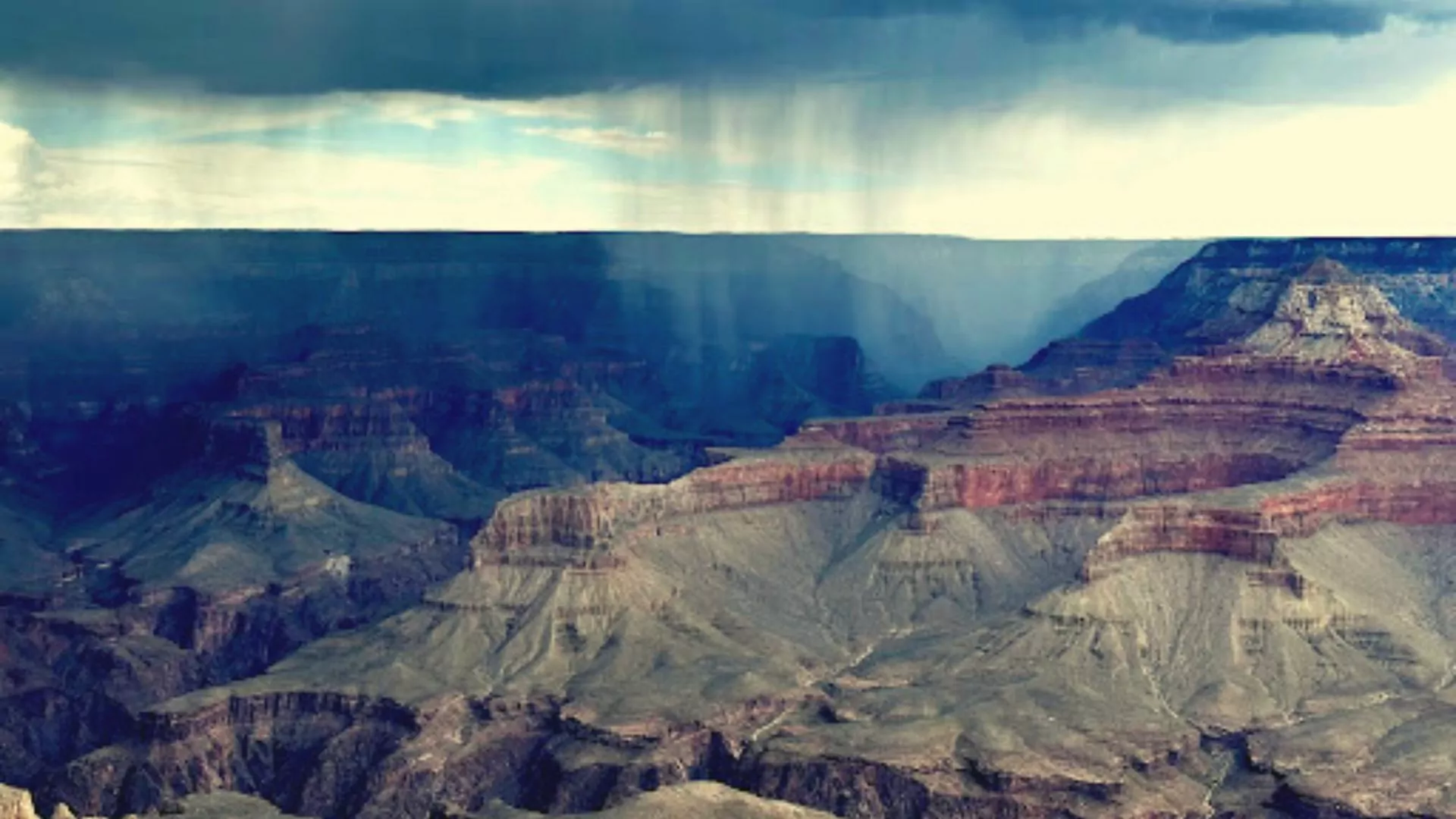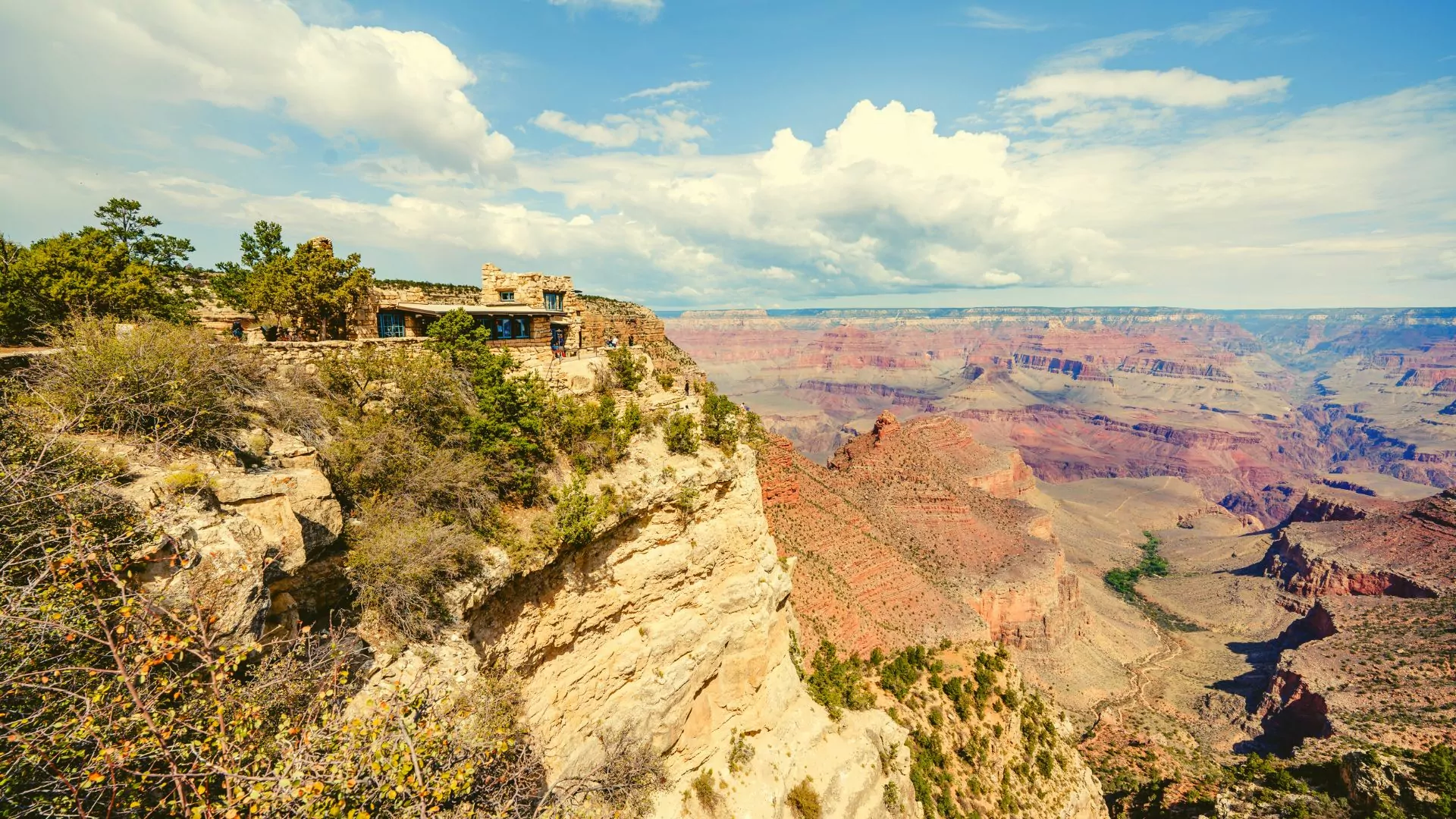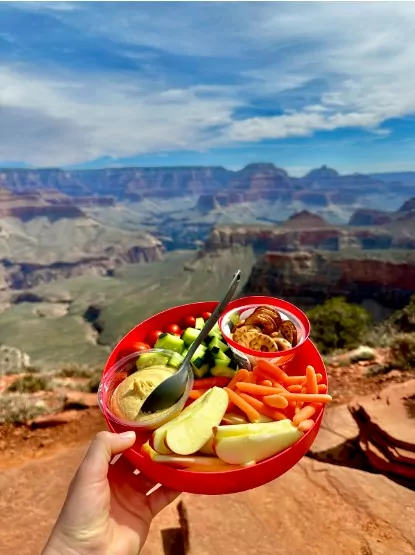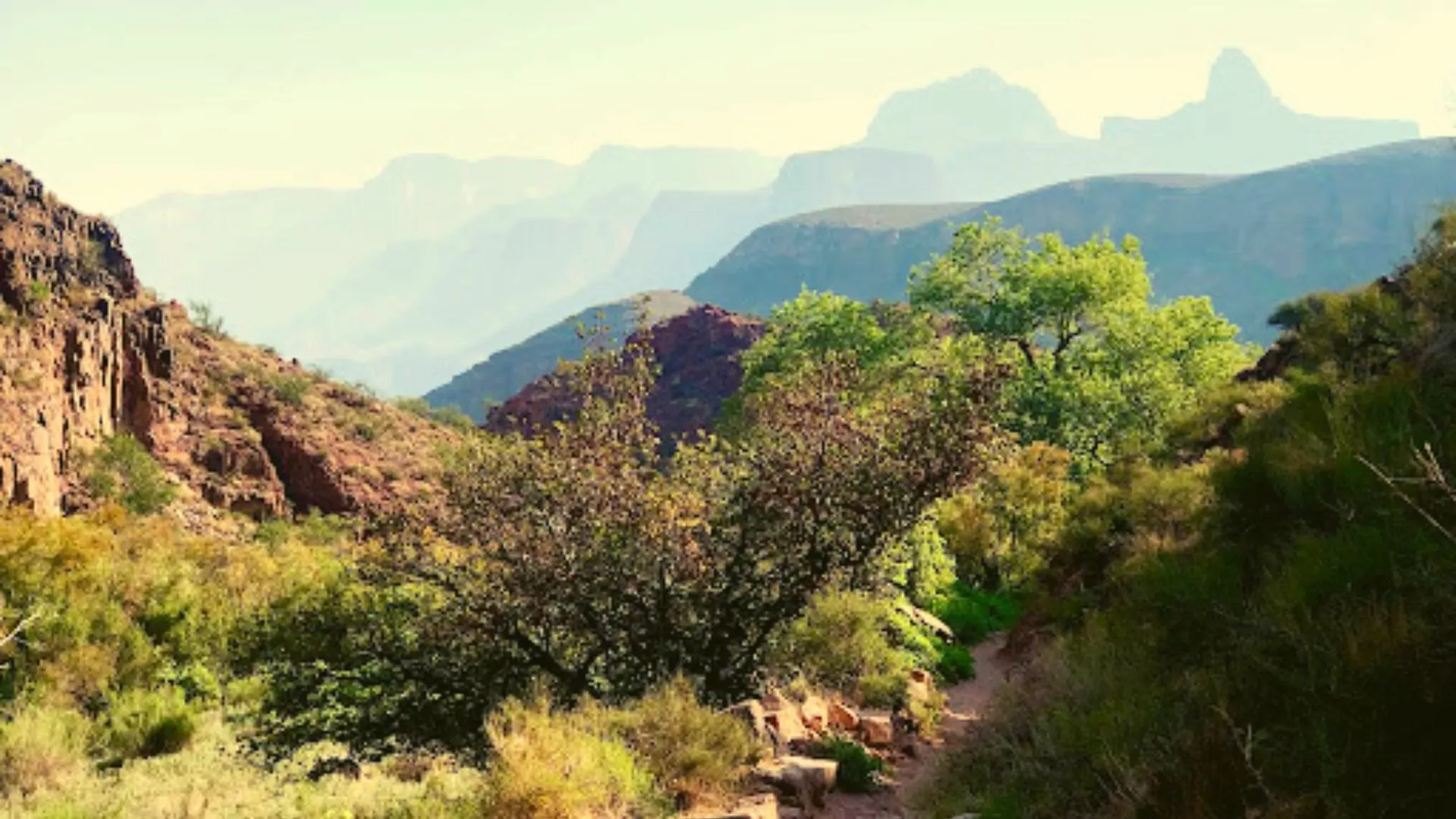South Rim Grand Canyon Tours

Grand Canyon National Park is sought after by backcountry explorers, families on cross-country road trips, scientists of the natural world, bucket-listers, and nature lovers alike. The vast majority of people who visit the Grand Canyon will see it from the South Rim of the National Park, making it the second most visited National Park in the United States.
While the whole Grand Canyon stretches 278 miles along the Colorado River from near Page, AZ to almost Las Vegas, NV, the National Park is just a small portion of the greater Grand Canyon ecosystem. The South Rim is the most common place to see the Grand Canyon because of its accessibility, location, and amenities. With visitor services, restaurants, and hotels right on the rim of the canyon, the South Rim is a very popular choice for canyon enthusiasts.
Geographically, the National Park of Grand Canyon is split, leaving most people to only see the canyon from either the North or the South Rim as there is no way across except for on the hiking trails or a 4.5 hour drive around. The Grand Canyon is at the end of the Colorado Plateau (which includes other parks like Arches and Zion) that was uplifted at a south sloping angle. This is what creates the nearly 1000 foot elevation disparity between the North Rim and the South Rim and geological differences which make the South Rim more often visited.

Grand Canyon Geology
With the north side at higher elevation, it receives more snowfall; so much so that the North Rim of Grand Canyon National Park is closed in winter. Due to the plateau tilt, the precipitation that falls on the North Rim runs south, into the canyon to the Colorado River, while on the South Rim, it runs south on the continued plateau. This water running into the canyon causes continued erosion as it flows down the side of the canyon’s walls. With the force of gravity, and many, many, years, the water carves into the layers of rocks – some giving way, others holding their ground – and leaves behind side canyons and buttes. Since the tilt deflects the water from the South Rim away, there are significantly fewer buttes and temples (the mountains inside the canyon) on the south side of the river than on the north side.
Additionally, this precipitation running off from the north rim has eroded the side canyons farther and farther from the river, leaving more space between rim and river on the North side. This creates a picturesque scene looking across the canyon (rather than down into it) from the South Rim at the buttes and provides great views of the Colorado River. South Rim viewpoints – like my personal favorite, Mohave Point – offer panoramic views and great spots for viewing sunrise/sunset.

South Rim Selling Points
The South Rim of the Grand Canyon has been attracting visitors since well before it was a National Park. Visitation saw significant increases in 1901 with the completion of the Santa Fe Railroad from Williams, AZ to the Grand Canyon Village. Today, Grand Canyon is a family-friendly National Park and more than ¾ of visitors come to the park with family in tow. Nearly 12% of all visitors are over 65 years old with the average age being 48, sometimes limiting what activities families do during their visit. The most common activity for all visitors is visiting the scenic canyon viewpoints in the park. There are numerous road-based tour companies that drive visitors to these viewpoints, but you won’t truly understand the canyon unless you get off the roads and step off the paved viewpoint paths.
Hiking the South Rim
Off the South Rim of the Grand Canyon in the National Park, there are numerous hiking trails. You never really understand the scale of the canyon until you hike down into it. Grand Canyon hikers get to see the canyon for the first time twice: once when they view it for the very first time like everyone else, and a second time at the end of their hike returning to the top to see it all again with a new perspective. The two main trails – the corridor trails – are the Bright Angel and the South Kaibab, providing different canyon experiences.
A day hike on either of these well-maintained trails makes for an amazing experience, without sacrificing the comfort of coming back to hotel amenities, nor bearing the weight of extra tools needed for an overnight trip in the canyon. A day hike will still require ample planning and preparation including the right food, extra water, the right gear and clothing, among other things. While anyone is allowed to day hike in the Grand Canyon without a permit (only required for overnights at designated campsites), it would be remiss to not take interest in the natural landscape and human history of the canyon.
Why Go Guided

Hiring a hiking guide can take your scenic hike to the next level with expert information on tap about the 1.8 billion years of geology, 1500 plant species, and thousands of years of human history. It is all too easy to walk right past the pictographs on Bright Angel Trail or the Paleozoic lizard tracks on South Kaibab without a guide to point them out. With over 300 bird species, it’s important to know the difference between the illustrious California Condors and run-of-the-mill turkey vultures as they fly hundreds of feet above you.
A good guide is passionate about the canyon and eager to share their knowledge! They also make great company and provide a fresh voice during long family road trips and vacations. Additionally, hiking guide companies take care of the food and hiking gear (think: packs, trekking poles, micro-spikes for ice) for hikers who don’t want the hassle or don’t have their own.
WILDLAND South Rim Basecamp Tour
The Grand Canyon is a special place for a lot of people, for a lot of different reasons. Whatever your reason, you are sure to find inspiration and wonder at the South Rim of the National Park. Take the time to prepare for a hike and experience the world of the Grand Canyon as human beings have for the last 11,000 years. As always, recreate responsibly on public lands and follow Leave No Trace Principles.





